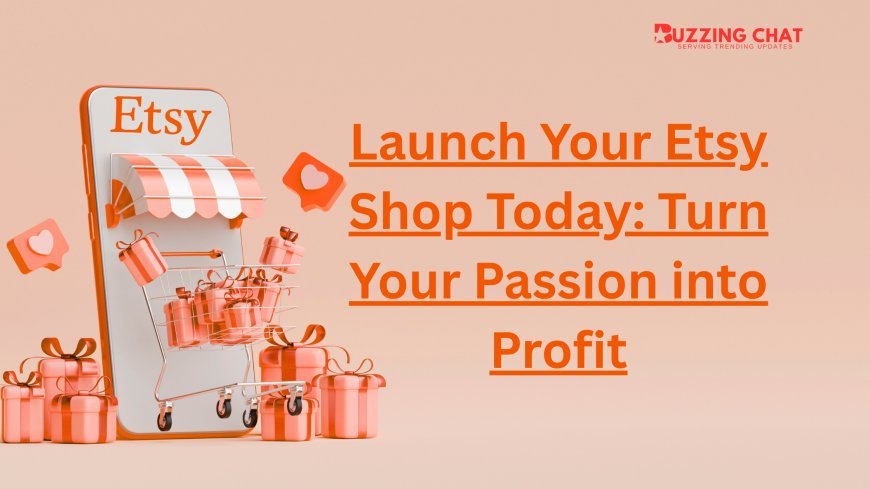How to Choose the Right Online Business Idea for You
Discover how to choose the perfect online business idea by assessing your passion, skills, and market demand. Start strong with practical tips and next steps.

Imagine standing at a crossroads, each path promising excitement, freedom, and the chance to build something thats entirely your own. The problem? Youve got dozens of signs all shouting Best online business ideas! and you dont know which one to follow. I remember feeling exactly that way when I first dreamed of launching an IT consultancy but even before that, I toyed with crafts, digital products, and yes, even selling vintage T?shirts on Etsy. Choosing the right idea isnt about picking the flashiest option; its about matching your skills, passion, and lifestyle. Lets walk through a friendly roadmap to help you find the perfect fit.
1. Understand Your Strengths and Passions
Before you dive into market trends, take a moment for self-reflection. What lights you up on a bad Monday? For me, it was solving complex IT puzzles so an IT consultancy made sense. Maybe you love crafting unique jewelry or digital illustrations. Jot down:
- Skills you enjoy using (e.g., coding, writing, designing)
- Topics you never tire of (e.g., cybersecurity, pet care, home dcor)
- Past accomplishments youre proud of (e.g., building a website, growing social media engagement)
By aligning your business with something you love, youll stay motivated through the inevitable bumps in the road.
2. Research Market Demand and Profitability
Even the most passionate idea can fizzle if theres no demand. Heres a quick, no-nonsense approach:
- Google Trends & Keyword Tools: Search your core topics if online business ideas shows steady or rising interest, youre on the right track.
- Competitor Analysis: Whos already serving that audience? Read their reviews. Where are they excelling, and where are they dropping the ball?
- Profit Potential: Estimate your costs (platform fees, materials, ads) versus what customers are willing to pay. For example, a handmade necklace might sell for $30 but cost $10 in materials and shipping, leaving you $20 to cover your time.
A sweet spot emerges where demand meets your ability to deliver real value.
3. Balance Time, Resources, and Risk
Your personal situation plays a huge role. If youre working full?time, a side hustle requiring minimal daily upkeep is ideal. On the flip side, if you have a few quiet months, you could dive into more time?intensive ventures. Ask yourself:
- How many hours per week can I commit?
- Whats my budget for startup expenses?
- How much risk am I comfortable with?
For instance, launching a SaaS tool may require more initial development time and upfront cost, whereas dropshipping can get off the ground with under $100 and just a few hours of setup each week.
4. Leverage Proven Online Business Ideas
Theres no need to reinvent the wheel many entrepreneurs have already blazed trails you can follow. Here are three popular online business ideas to consider:
a. Freelance IT Consulting
If you have specialized tech skills, companies are eager to hire on-demand experts. You can set your rates, choose your projects, and even scale by bringing on other freelancers as subcontractors.
b. Digital Products & Courses
Share your knowledge by creating e?books, video tutorials, or online courses. Platforms like Teachable or Udemy make it simple to upload content and reach thousands of learners.
c. E?commerce & Handmade Goods
Got a creative streak? A platform like Etsy lets you turn hobbies into income. If youre curious about how to start an Etsy shop, its as straightforward as signing up for an account, listing your first product, and hitting Publish. Heres the quick rundown:
- How to make an etsy shop: Visit Etsy.com, click Sell on Etsy, and choose your shop name.
- Create etsy seller account: Follow the prompts to enter your payment details and shop preferences.
- How to set up an etsy shop: Upload high?quality photos, write clear descriptions, and set fair prices.
This model is perfect if you enjoy crafting or designing and want a low?risk way to test product ideas.
5. Test Your Idea with Minimal Risk
Once youve narrowed your options, validate before you fully commit. Heres a simple validation checklist:
- Landing Page MVP: Build a one?page site describing your offering. Use Google Ads or social media to drive a small amount of traffic and gauge interest.
- Pre?Sale or Waitlist: Offer beta access or early-bird pricing to see whos willing to pay before youve built the full product.
- Feedback Loops: Chat with potential customers via forums, LinkedIn groups, or friends in your network. Real conversations often reveal hidden obstacles or unexpected enthusiasm.
Side note: I once created a quick PDF guide on Troubleshooting Home Wi?Fi and posted it in a tech forum. Within a week, 50 people signed up on my waitlist without me writing a single line of code. That tiny win gave me the confidence to invest in a full course.
Conclusion: Your First Steps Toward Success
Choosing the right online business idea is both a science and an art. Start by aligning with your passion and skills, then ground your choice in market research and real?world testing. Remember: its okay to pivot. Many successful entrepreneurs tried and shelved multiple ideas before finding their golden path. Now, pick the idea that resonates most, sketch out a simple plan, and take that all?important first step. Youve got this!






























